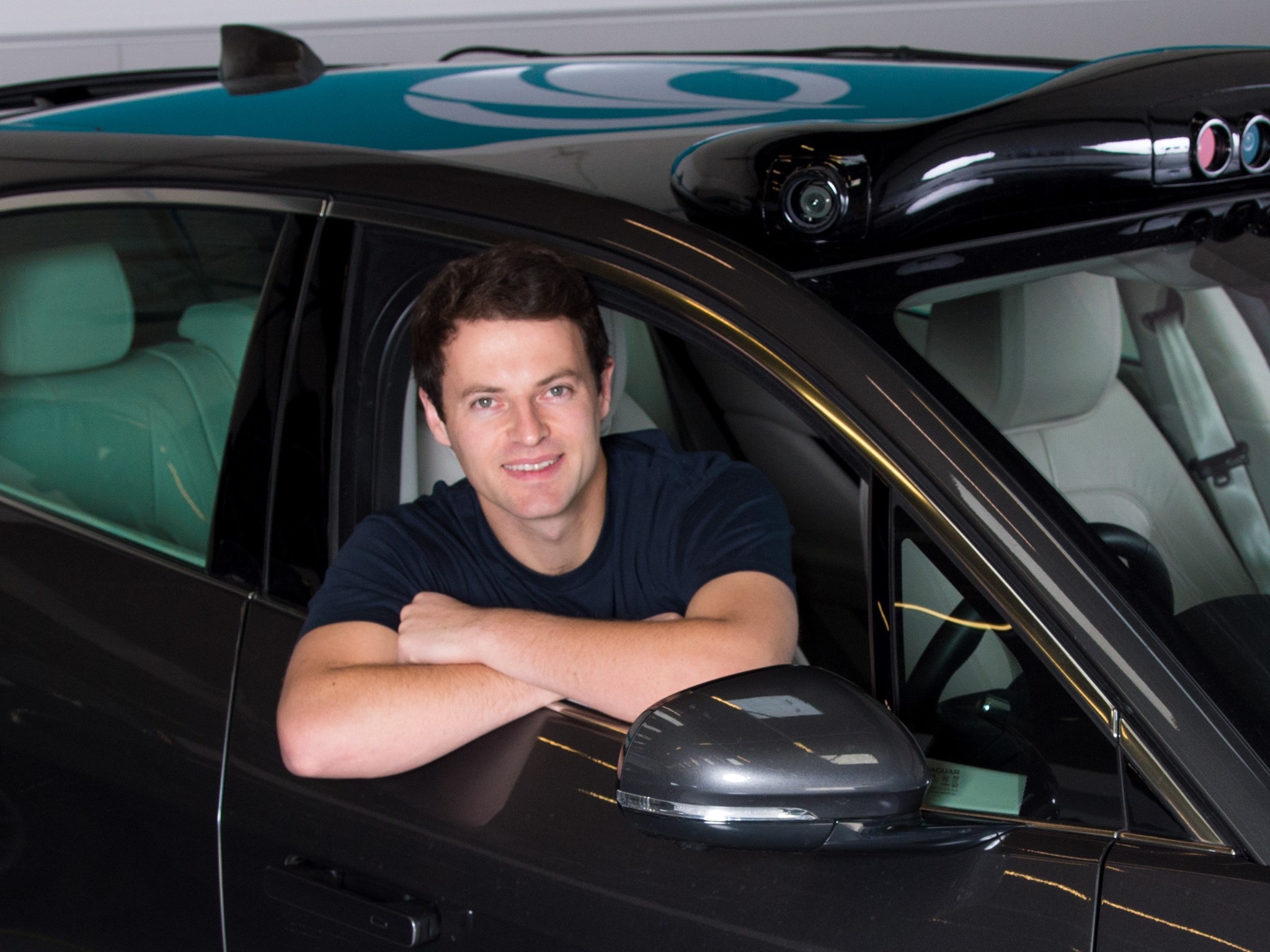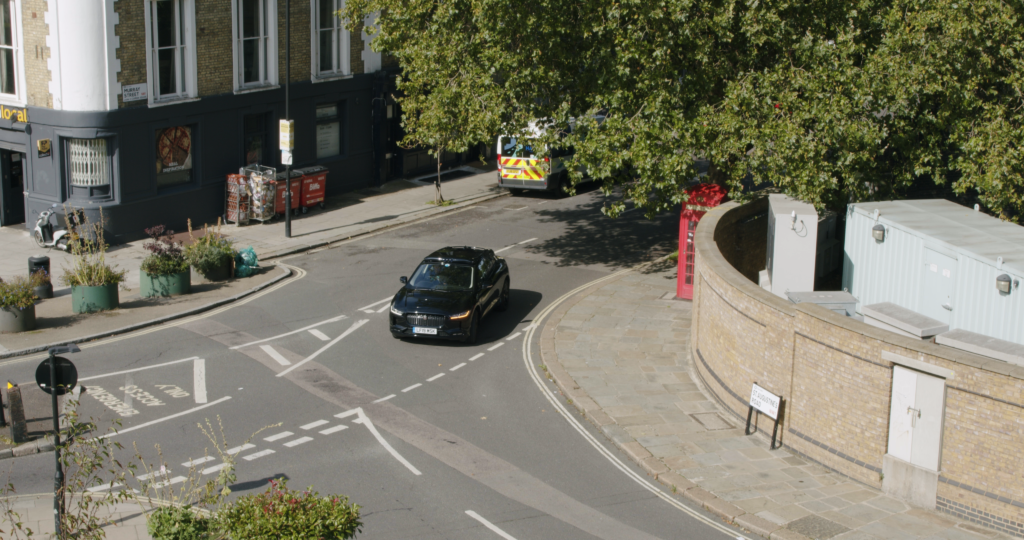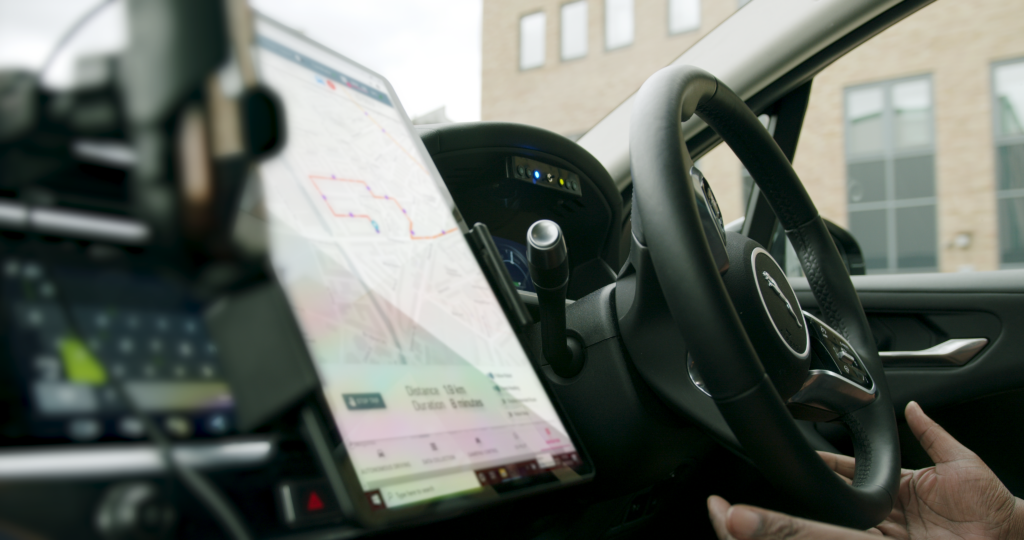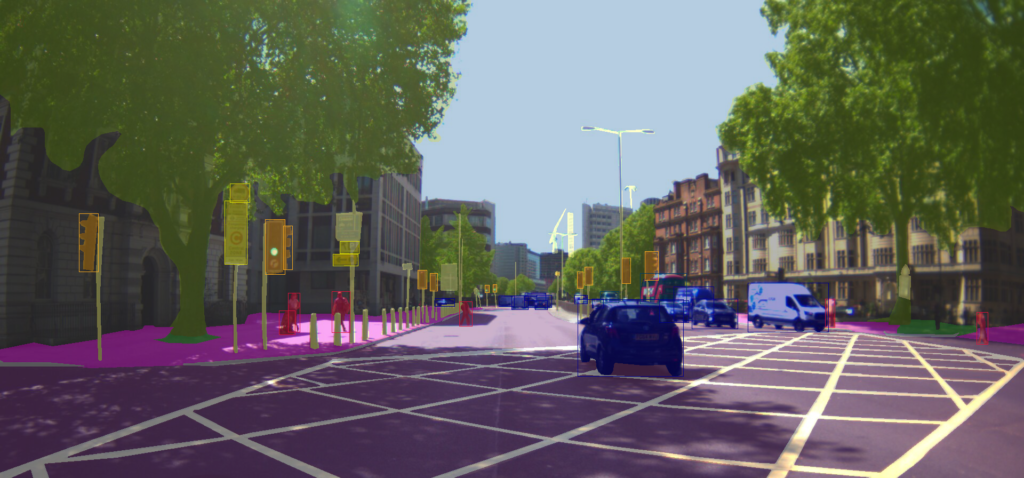
‘Leave positive tracks’: Wayve’s self-driving solution seeks to protect people and the planet
Let’s momentarily exit 2020 and pay an imaginary visit to 2029.
(If only we could, right? Anyway, back to our mental trek.)
Picture the world’s cities by the end of this decade: Streets, intersections and roundabouts are a safer, cleaner, quieter and vastly more organized stream of connected, self-driving electric vehicles. Block by block, their shared “driving brain” learns from roadway experiences to make traffic deaths tragedies of our messy past.
Rush hour jams? No chance. Horns? No need. Road rage? No more.
That’s how Alex Kendall sees our urban future. Kendall is the co-founder and CEO of Wayve, a London-based startup that’s building an artificial intelligence (AI) solution that will enable autonomous vehicles to operate not in a single city but in any urban environment, securely moving people and goods.
His vision blends cloud and artificial intelligence capabilities with heavy doses of human equity and healthy air to deliver a new transportation model that will be sustainable, affordable and accessible to people in all cities. He calls it: “Riding the Wayve.”
“One of our values is to leave positive tracks,” Kendall says, “so we exclusively work on electric vehicles.”

A Wayve vehicle drives down a London street, collecting data via an array of cameras and sensors.
To scale their solution, the three-year-old company is leveraging both Microsoft Azure and the Microsoft for Startups: Autonomous Driving program, which provides benefits like free Azure credits and access to Microsoft engineers and program managers to support the development of these complex workloads on the cloud.
Transform recently chatted with Kendall via Microsoft Teams to hear about our commutes of tomorrow.
TRANSFORM: Autonomous driving means different things to different people. What does it mean to you?
KENDALL: It means the start of a new era, creating artificial intelligence that we trust to move people and goods throughout our cities without requiring supervision by humans. We’re talking about a world of autonomous mobility services that disrupts private car ownership, that makes it more sustainable for people to move around cities and, ultimately, that reduces road deaths to zero.
TRANSFORM: Wayve aims to be the first company to launch its self-driving technology in 100 cities, not just one city. Tell me about that goal.
KENDALL: Across the self-driving industry today, many teams are trying to make it work in one place, just trying to get something out there as quickly as they can. This comes at the expense of what we call “generalization”: How quickly can the system go from working in one place to many places?
When humans learn to drive, they go from understanding how to drive in one city to quickly learning how to drive in other cities. In that same way, scaling our technology to other cities should just be a matter of adding a small amount of experience to adapt to each new place.
TRANSFORM: Where are some of those 100 projected cities?
KENDALL: We’re headquartered in London. That will be our first city. Beyond the UK, we are most excited about targeting a few cities in Europe as next expansion points. Next countries include the Netherlands, Belgium and Germany.
TRANSFORM: You mentioned how humans learn to drive. What does that mean?
KENDALL: Humans are interesting because they use many means of learning to learn how to drive. The dominant one is unsupervised learning. That is how humans watch and view the world.
Every time you’re sitting in a car or observing cars driving, you’re building an internal mental model about how things behave, how things move, how things interact. When you actually get in a car, it’s this internal model that makes it efficient for you to learn how to drive.
TRANSFORM: How will Wayve’s machine learning system mimic the human process?
KENDALL: Just like humans, our system learns most efficiently using many sources, including unsupervised learning, imitation learning and reinforcement learning.
First, we learn to drive (autonomously) by copying expert humans. We record the driving data from their vehicles. Based on the data, we learn to copy their expert driving. This is called imitation learning.
From that, we build a self-driving system and deploy it on the roads with safety drivers. (These are people who sit behind the steering wheel during testing and, if needed, immediately take control.) Every time the system makes a mistake, and the safety driver intervenes, we learn from that feedback. This is called reinforcement learning.
Finally, we use computer simulation to learn from the situations that are too dangerous or too rare to experience in the real world. Through these three steps, we build a safe and robust autonomous driver.

Wayve equips its fleet with Microsoft Surface devices.
TRANSFORM: Who are the expert drivers that you mentioned, and how do you record their driving data?
KENDALL: We deploy our self-driving platform with data-collection devices across large scale-commercial fleets.
We provide these vehicles with data-collection computers – fully integrated, self-driving, sensing suites – and small computers with a 4G connection. Integrated with Azure cloud and IoT services, this allows us to understand this data and send back interesting examples to the cloud, ultimately for our system to learn from. At scale, this will provide us access to millions of images per second.
TRANSFORM: In your computer simulations, are you estimating the accident rates?
KENDALL: We’ve built a scalable (simulation) system to extract insights from every part of the drive. We classify these into scenarios and look at the metrics for each one, whether that’s driving through traffic lights or going through a roundabout in the rain.
It gives us a good view on what we are and aren’t good at – and where we should focus our resources and our learning.
Within each of these scenarios, we can accurately estimate human-level performances and what we need to beat. For example, humans can pass through roundabout intersections without an accident causing injury 99.999 percent of the time. We want to be able to surpass this.
TRANSFORM: What has the Microsoft for Startups: Autonomous Driving program meant for your company and achieving your vision?
KENDALL: In the early days, we were building an autonomous car in our garage, driving it around the block and testing it.
We had nothing to show and everything to prove. Despite that, Microsoft was excited about what we were building. This early engagement was critical. More than the financial credit support, the engineering support around the backend and the quick turnaround to our requests and questions allowed us to get that speed of iteration we needed.
Because we had this speed of iteration, we were able to quickly graduate from a house and build a headquarters and an organization that ultimately decided to build our infrastructure at scale in Azure.

Wayve’s technology models the real world with computer vision.
TRANSFORM: When your technology is fully deployed, how will this look in the real world?
KENDALL: We envision a world where we have large fleets of connected vehicles, all sharing experiences to improve and train a driving brain that ultimately learns from its mistakes and learns to adapt to society’s needs at a rapid pace.
TRANSFORM: And this self-driving network will be available to all who want to use it?
KENDALL: Yes, for people who are disabled, self-driving is a technology that should massively increase their mobility options. It should reduce the stigma and the cost (of today’s accessible transportation options).
Also, I don’t want to see self-driving only deployed in affluent areas with expensive infrastructure. I want to see self-driving address urban societies throughout the world. This requires a more intelligent autonomous driving system which is able to understand the world around it. This is only possible with machine learning.
TRANSFORM: When might this become part of everyday life?
KENDALL: Over the next few years, Wayve will get to a point where we have the safety case in place, where we’ll invite members of the public to experience riding the Wayve. They will do this, first, with a safety driver supervising the ride, then as an autonomous service.
By the end of this decade, I think riding the Wayve will be dominant within the multimodal transportation options we use in cities throughout the world. It will just be a matter of time before it is as prevalent as today’s ride-hailing services.
Top photo: Alex Kendall. (All photos courtesy of Wayve)
